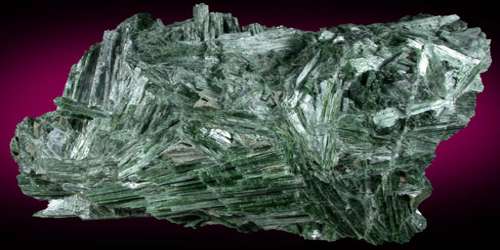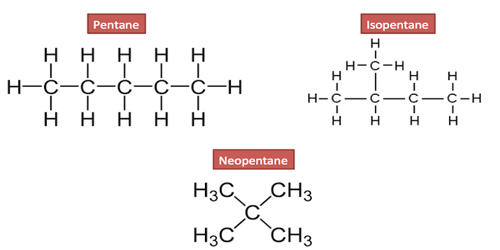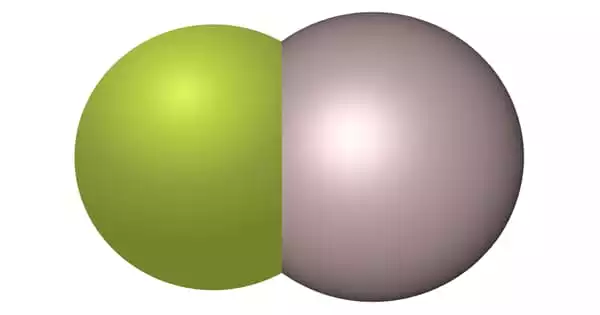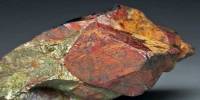Actinolite is an amphibole silicate mineral with the chemical formula Ca2 (Mg4..5-2.5 Fe2+0.5-2.5) Si8O22 (OH)2. It is a member of the amphibole silicate mineral family. It comes in many shades of green and forms in needle like crystal formations. It is found in several locations around the world.
Simple actinolite occasionally forms interesting crystal habits and specimens. Crystals can be similar to hornblende, but are always translucent or even transparent. Typically they are prismatic, flattened and elongated. Crystal specimens of actinolite can make very interesting mineral specimens.
General information:
- Category: Inosilicates
- Formula: Ca2 (Mg.5-2.5 Fe2+0.5-2.5) Si8O22 (OH)2.
- Crystal system: Monoclinic
- Color: pale to dark green, yellowish green and black. White or grey when in asbestos
- Crystal habit: bladed, fibrous, radial
- Twinning: simple or lamellar
- Cleavage: perfect along.
- Fracture: uneven
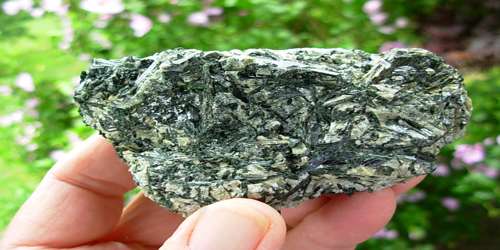
Occurrence
Actinolite is commonly found in metamorphic rocks, such as contact aureoles surrounding cooled intrusive igneous rocks. It also occurs as a product of metamorphism of magnesium-rich limestones. A series occurs when ions can freely substitute between each other. In this case, when iron is predominant the mineral is ferro-actinolite and when magnesium is predominant the mineral is tremolite. Actinolite is the intermediate member.
The old mineral name uralite is at times applied to an alteration product of primary pyroxene by a mixture composed largely of actinolite. The metamorphosed gabbro or diabase rock bodies, referred to as epidiorite, contain a considerable amount of this uralitic alteration.
Fibrous actinolite is one of the six recognised types of asbestos, the fibres being so small that they can enter the lungs and damage the alveoli. Actinolite asbestos was once mined along Jones Creek at Gundagai, Australia.
Gemology
Some forms of actinolite are used as gemstones. One is nephrite, one of the two types of jade (the other being jadeite, a variety of pyroxene).
Another gem variety is the chatoyant form known as cat’s-eye actinolite. This stone is translucent to opaque, and green to yellowish green color. This variety has had the misnomer jade cat’s-eye. Transparent actinolite is rare and is faceted for gem collectors. Major sources for these forms of actinolite are Taiwan and Canada. Other sources are Madagascar, Tanzania, and the United States.
Physical Properties of Actinolite
- Lustre: Vitreous, Silky
- Transparency: Transparent,Translucent
- Colour: Green, green-black, grey-green, or black
- Comment: Colourless, pale green to deep green in thin section.
- Streak: White
- Hardness: 5 – 6 on Mohs scale
- Hardness Data: Measured
- Tenacity: Brittle
- Fracture: Splintery
- Density: 3.03 – 3.24 g/cm3 (Measured) 3.07 g/cm3 (Calculated)
PHYSICAL CHARACTERISTICS:
- Color is usually green. white or gray.
- Luster is vitreous.
- Transparency: examples are translucent to transparent.
- Crystal System is monoclinic; 2/m
- Crystal Habits include the flattened prismatic and elongated crystal with a dome-like termination that is actually a two of the four faces of a prism. Also as a fibrous mass (asbestos) and as a fibrous and very compact mass (nephrite jade).
- Cleavage: is perfect in two directions at close to 60- and 120-degree angles.
- Fracture is splintery to uneven.
- Hardness is 5.5 – 6.
- Specific Gravity is approximately 2.9 – 3.3 (very slightly above average for translucent minerals).
- Streak is white.
Information Source:
